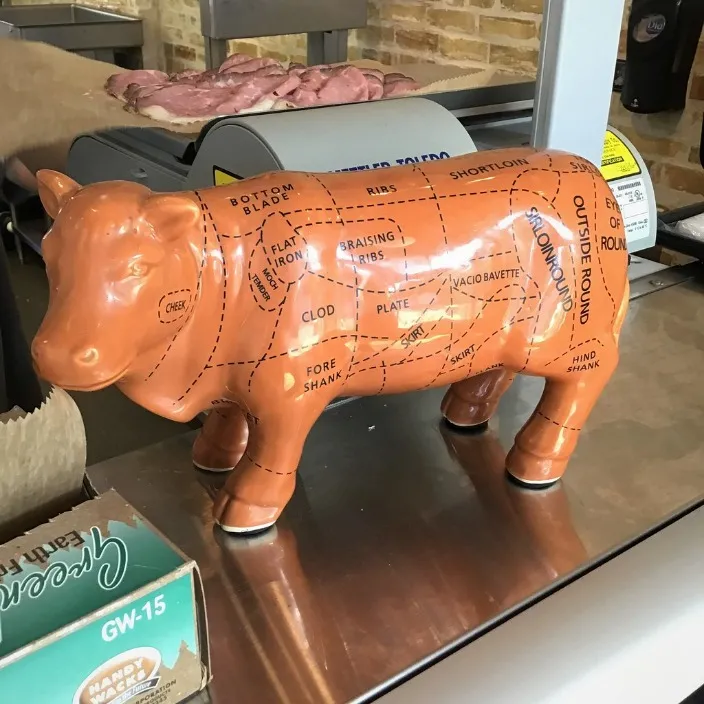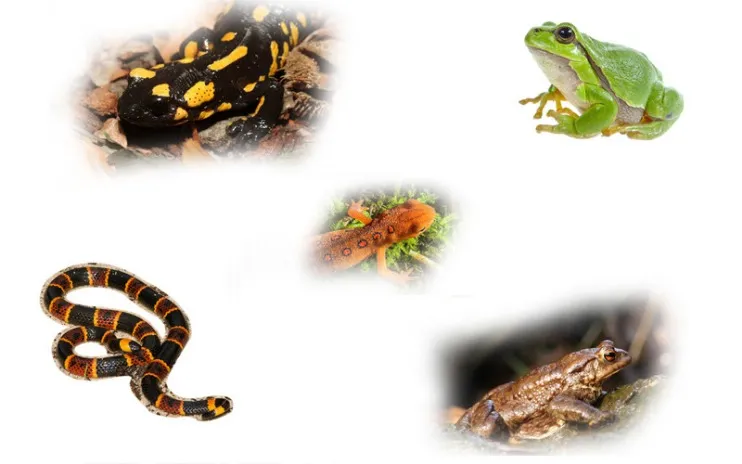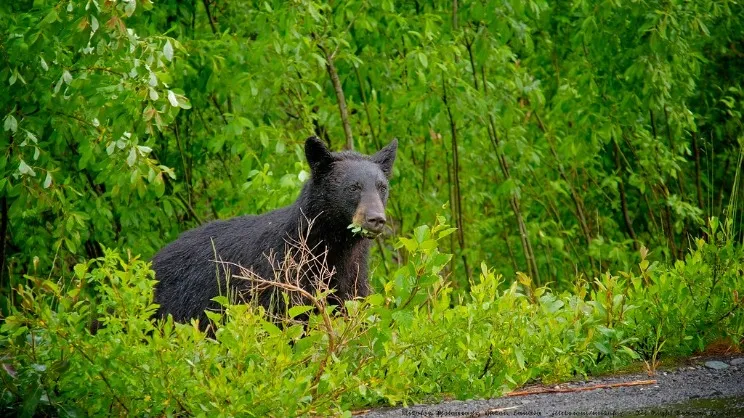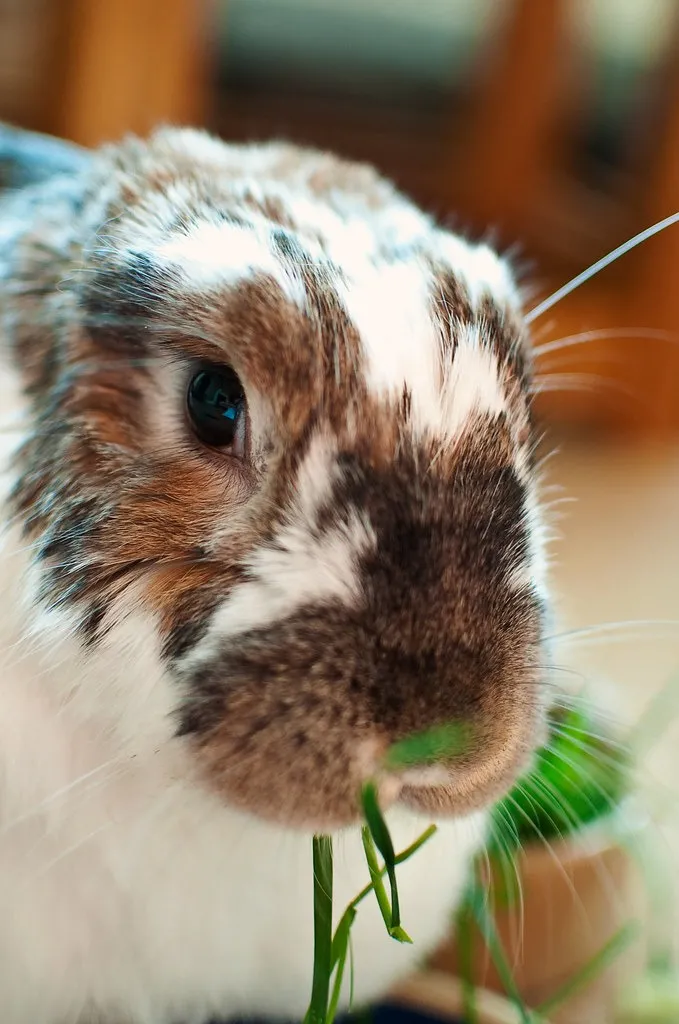Taste of chimpanzee foods* Chapter 18 Mahale Chimpanzees
Chimpanzees also hunt and eat larger animals such as young bushbucks, bushpigs, colobus monkeys and young baboons. Early hominins likely ate more meat1 than any extant nonhuman primate species (Milton, 1999a, Balter et al., 2012). This increase is central to hypotheses addressing the evolution of the unique suite of human traits, including large brains (Aiello and Wheeler, 1995), central-place foraging (Isaac, 1978) and cooperation (Tomasello et al., 2012). Understanding the relative benefits and costs of acquiring and consuming different forms of animal matter by primates is critical for identifying the selective pressures responsible for increased meat consumption in the hominin lineage. However, it’s essential to remember that chimpanzees don’t solely rely on insects and meat for their nutritional needs. Fruits, nuts, leaves, and vegetation still play a significant role in the overall diet of these intelligent primates.
As global warming predictions indicate more volatile changes in both temperature and rainfall, chimpanzee populations are likely to suffer. Their loss of habitat is caused by deforestation, which occurs due to human farming and agricultural processes, as well as logging, mining, oil extraction, and building new infrastructure. Although chimpanzees often walk on all fours in a movement known as knuckle-walking, when they stand up, they are usually anywhere from 1 to 1.7 metres tall, which is the equivalent of 3 to 3.5 feet. According to Project Chimps, there are around 2,000 chimps in the US, either in captivity or in sanctuaries. All research protocols were reviewed and approved by Uganda Wildlife Authority and the Zoology Department of Makerere University.

This diverse diet ensures that they obtain all the necessary nutrients to thrive in their natural habitats. Fruits and nuts are a staple in a chimp’s diet, providing them with essential vitamins, minerals, and antioxidants. These intelligent primates possess a keen sense of smell, enabling them to locate ripe and delectable fruits from a distance.
Chimpanzees consume the fruit and defecate the seeds elsewhere in the forest. The seeds are allowed to grow into trees without having to compete with their parent plants for resources. Chimpanzees are capable of eating far larger seeds than most animals in their ecosystem, and many plant species depend on large animals such as chimps to spread their genes and prosper. The differences Doeat.top Omnivorous animals between subspecies of chimpanzees can be most clearly seen in their behaviors, and the Western chimpanzees is incredibly unique in this regard. In addition to hunting with spears and eating more insects, Western chimpanzees have also been observed predicting the movement of forest fires, using water to cool down on hot days, and regularly gathering in caves to socialize and sleep.
In this test, the total deformation needed to be less than the total thickness of the specimen being tested to avoid error. After testing, the material was checked for visible damage to ascertain if there was damage due to cellular collapse; such test results were discarded35. Both these blunt indentation tests followed the basic load relaxation method described above. We obtained novel δ13C and δ15N values for a total of 51 hair sections (obtained from 11 individuals) from the Issa chimpanzees and 85 hair sections (obtained from 13 individuals) for Ngogo. Means and standard deviation as well as fractionation factors between mean isotope values of plants and chimpanzee hair isotope values (Δplant–hair) are shown in Table 1.
Rather, they took the best advantage of the foods around them they could in light of their bodies which, like ours, were whittled by evolution out of more ancient forms and so flawed, complicated, and filled with tradeoffs. The nearly 140+ chimpanzees living at the Tchimpounga sanctuary consume 17,000 kilos of food every month. You can help feed them by sending them 100lbs of bananas – plus you can make this gift in a loved one’s honour.
If chimps had most of the mental equipment in place to make cooking possible, early humans presumably would have had it too. Fotaiu stopped scooping and stepped back into the thick vegetation surrounding the pond. First, she selected a fern (Cyclosurus afer, Polypodiaceae) from the various types of plants in the glade and removed a stalk from the ground. Second, she bit off the distal end using her teeth to adjust the length of the stick; achieving a modified stick length of about 50 cm. Third, she stripped off the side leaves with swift, downward motion of one hand while holding the stick in her mouth.

From my field experience, I can attest that Bossou has ponds with algae but no fresh streams with crabs, while Nimba is rich in mountain streams with crabs, but ponds are scarce. As yet another demonstration of their technological prowess, wild chimpanzees use sticks to gather algae floating on ponds (Fig. 1). The first observation of this behavior was made in August 1995 among the chimpanzees (Pan troglodytes verus) of Bossou, Guinea, West Africa. This article aims to provide a detailed description of this unique behavior and contextualize it within the current knowledge of the exploitation of aquatic foods by apes in forest environments. Stones are used to crack nuts, or as missiles to drive baboons or humans away from food. They are picked, chewed up into a ball and used as a sponge for soaking up water, which is then squeezed into the mouth.
Scientists in Guinea, West Africa recently noticed wild chimpanzees drinking palm wine – creating drinking vessels out of leaves. The raffia palms that grow around Bossou, Guinea contain natural sugars that rapidly ferment in the tropical heat, creating a sweet, mildly alcoholic beverage that both humans and chimpanzees seem to enjoy. Chimpanzees eat a wide variety of fruits including mangoes, bananas, watermelons and apples. However, unlike humans, chimpanzees can’t import out-of-season fruit, so they are stuck with whatever is in season in the region where they live.
As humans and chimpanzees come into contact more and more, chimps are increasingly threatened by disease. Due to our genetic similarities, there are many diseases that can transmit across our two species. Chimpanzees have not been exposed to these diseases before and so have not developed a proper immune system to combat them. Humans and chimpanzees diverged between 4 and 8 million years ago and are our closest relatives. Chimpanzees are robust apes covered in thin black hair, except for their faces, hands, and feet, which are bare. This bare skin is pink on newborns, but turns black as they get older.
This action was repeated several times as the chimpanzees foraged on algae. I hereby describe the algae-scooping behavior that we had witnessed and video-recorded. It was seen in a group of chimpanzees including F-Family, containing the mother named Fana who was estimated to be 39 years old, the son Foaf (14 years old), and the daughter Fotaiu (4 years old). I could clearly see Foaf and Fotaiu from my position, both of whom were using the sticks to scoop algae floating on the surface of the pond.
Another study has found more subtle ways that chimpanzees are being affected by climate change and their proximity to humans. When living in areas nearby to humans and away from forests or their natural habitat, chimpanzees showed an 88% decline in the number of natural behaviours exhibited. When chimpanzees are hunted for meat, their infants are often taken to be kept as exotic pets or illegally trafficked since they are too small to provide enough meat to make them worth killing. It’s estimated that for every infant chimp that’s in a sanctuary, between four to nine adult chimps were likely killed. The vegetables that chimpanzees eat give them a fair amount of protein, but they need a little more.
If cooking didn’t precede our control of fire, it likely happened almost as soon as we lit our first blaze, Wrangham told NPR this week. Click the image above to read about Chimp Haven’s Picky Eaters Club from Caregiver Miranda.
For safety reasons, this was a plastic lunchbox with a false bottom, which researchers used to “transform” raw sweet potato placed inside by the chimpanzees into a cooked slice of a similar size. “What’s particularly interesting about cooking is it’s something we all do, but it involves a number of capacities that, even without the context of cooking, are thought to be uniquely human,” said Warneken. They may lack the secret of man’s red fire, but chimpanzees possess most of the intellectual abilities required for cooking, according to scientists. Chimpanzees use their intelligence and strength to create strategies while hunting.

Chimpanzees play an important role in their environment as seed dispersers. When they eat fruit, they spread the seeds of that fruit through their poo. The seeds then grow into trees in other locations, leading to a healthier tree population.
This is a particular problem in West Africa, where it’s estimated that more than 80% of the original forest had already been lost by the early 2000s. With the human population continuing to rise rapidly, the problem is expected to grow along with it. Laboratory methods are outlined in detail in Uwimbabazi et al. (2019). Briefly we used standard methods, as well as near-infrared reflectance spectroscopy (NIRS) using a Foss XDS Rapid Content Analyzer to estimate macronutrient concentrations. Crude protein (CP) was analyzed using NIRS and calculated by multiplying total nitrogen by 6.25 (Rothman, Chapman, Hansen, Cherney, & Pell, 2009). Available protein (AP) (not bound by cellulose in the plant cell wall) was estimated by subtracting acid detergent insoluble crude protein (ADCP) from CP.
They are opportunistic eaters, making the most of the resources available to them in their habitats. This allows them to consume a wide variety of foods, ranging from fruits and nuts to leaves, insects, and even meat. 1-Diversity—In Kibale chimpanzees were found to have consumed no fewer than 102 species (and perhaps many more) of plants either in the form of fruit or leaves.
With their sharp teeth and strong jaws, chimps can efficiently capture and devour their unsuspecting prey. From crunchy ants to juicy termites, chimps have developed various techniques to capture and enjoy these delicacies. Using their nimble fingers, they skillfully pluck insects from tree bark or use tools like sticks or leaves to probe insect nests.

When it comes to hunting, chimps employ various techniques depending on the prey they are targeting. For instance, they may engage in stealthy stalking to catch monkeys or use a coordinated effort to chase down larger animals. Their hunting strategies highlight their intelligence and adaptability in the face of different challenges. Chimpanzees are fascinating creatures, closely related to humans and sharing many of our traits. Join me on a culinary journey as we delve into the diet of these incredible primates.

At times, they even use stones to crack open hard-shelled insects, showcasing their problem-solving abilities. Chimpanzees have a knack for finding insects, whether it’s climbing trees to raid termite mounds or using sticks to extract ants from their nests. These tiny critters provide a valuable source of protein for chimps, making up about 4-5% of their diet. When it comes to the culinary preferences of our primate cousins, chimpanzees are not shy about incorporating protein into their diet. In fact, insects and meat play an important role in satisfying their nutritional needs. Let’s take a closer look at these protein sources and how chimpanzees acquire them.
Such subtle differences could therefore be of interest to paleoanthropologists reconstructing diets of the past. When ripe fruit is scarce, female chimpanzees increase their consumption of higher fiber and/or protein-rich foods, such as leaves and pith (Wrangham et al. 1991). Mechanical data from foods consumed by P. troglodytes schweinfurthii in Ngogo conformed well to those of Vogel et al.18 measured from chimpanzee populations at Kanyawara. All Ngogo data for toughness and stiffness remained at relatively low levels (Fig. 3a, b). Similarities between Kanyawara and Ngogo are not surprising, as both sites are within the Kibale National Park, with foods comprising of comparable plant species.
How is it that we might taste the same forbidden fruit the chimps eat and find it inedible or even just unpalatable? There is though at least one food that chimps frequent, gorillas and orangutans all frequent and that you can easily eat. Figs are common and clumpy and you can sit in a big patch of them and eat until you are fat with their seed. 7-Other–A fair number of items I do not think of as food are eaten by chimps and other apes. One of the earliest and most significant discoveries made by Jane Goodall was that chimpanzees hunt for and eat meat.
Like humans, chimpanzees may go partially bald later in life and develop gray hair, particularly around their chin. From my own experience of discovering algae scooping, it is both fascinating and exhilarating to be the first to witness a previously unknown behavior. I do hope that the younger generations of primatologists will continue working in the African forests, following a dream to illuminate the yet-unknown world of chimpanzees. Coincidentally, the paper on crab fishing appeared in parallel with another interesting paper on tortoise hunting (Pika et al. 2019). Chimpanzees (Pan troglodytes troglodytes) living in the Loango National Park, Gabon, provided the first observations of chimpanzee predation on tortoises (Kinixys erosa). The recently habituated chimpanzees of the Rekambo community engage in this behavior sufficiently frequently for it to qualify as customary in this chimpanzee group.
Chimpanzees often engage in social activities while foraging for fruits, allowing them to bond and strengthen their social relationships. Chimps have a unique feeding habit known as “fishing for termites,” where they use specialized tools to extract these delectable insects from termite mounds. They modify sticks by stripping off leaves and sharpening the ends, creating the perfect tool for their culinary adventure. This behavior demonstrates their remarkable intelligence and problem-solving skills. But figs, I’ll reiterate, are everywhere in the life of chimps, bonobos and other apes. We tend to think of the megafauna as being the group of species that shaped humanity, but it seems as reasonable to postulate we were shaped by figs.
Overall, the apes chose cooked potato nearly 90% of the time when they were given a straight choice and they were nearly as keen when they had to wait one minute while it was “cooked” by the researcher (who shook the plastic box ten times). While their hunting techniques may not be as sophisticated as those of big cats or wolves, they have been observed working together to capture small mammals like monkeys and bush babies. While chimpanzees are primarily herbivores, they occasionally indulge in meat when the opportunity arises.


